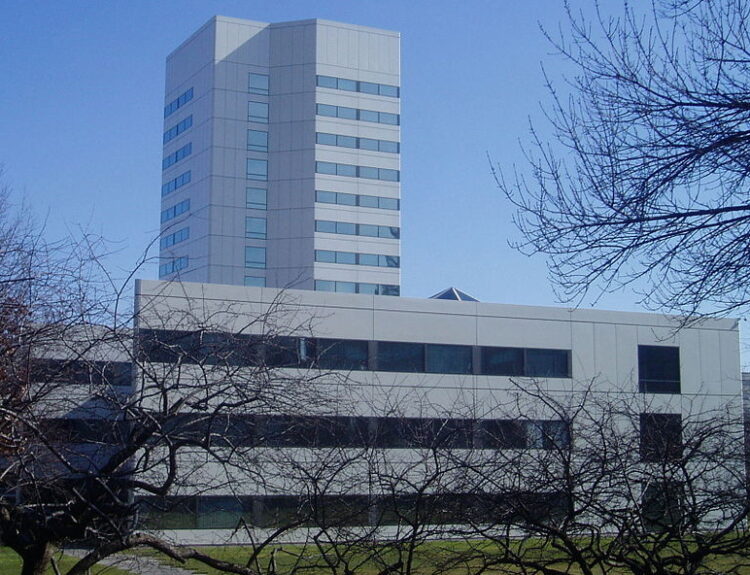As coyotes roam the city, residents face a tough choice: embrace or eliminate these wild canines.
- Residents of San Francisco are divided on how to handle the increasing coyote presence.
- Coyotes have been seen approaching people and pets, leading to fears and calls for action.
- Some residents advocate for coexistence, while others demand culling or relocation of coyotes.
- Experts suggest that coyote behavior is influenced by human interaction and food availability.
- Coyote attacks on pets have been reported, raising concerns among dog owners.
In San Francisco, the presence of coyotes has sparked a heated debate among residents. Claire Coyle, a local bartender, recently witnessed a coyote casually roaming near children at Crissy Field, raising alarms about the changing behavior of these wild animals. Incidents of coyotes snatching pets and even biting a child have left many dog owners feeling anxious. While some residents advocate for a peaceful coexistence with coyotes, others are calling for drastic measures, including sterilization or relocation. Jo Kaufman, a long-time resident, expressed her frustration, stating she hasn’t let her dog off-leash in months due to the increasing boldness of coyotes. On the other hand, Elizabeth Dirsa believes that following leash laws can mitigate risks, emphasizing that the area is part of the coyotes’ natural habitat. Experts warn that culling or relocating coyotes may not be effective, as new coyotes would likely move in. They also note that coyote behavior varies, with some becoming more comfortable around humans due to food availability. As the city grapples with this issue, the future of dog parks and pet safety remains uncertain, with many residents feeling a mix of fear and frustration.·
Factuality Level: 6
Factuality Justification: The article presents a mix of anecdotal evidence and expert opinions regarding coyote behavior in San Francisco. While it provides some factual information about coyote encounters and the responses from residents and city agencies, it also includes personal perspectives and sensationalized accounts that may not represent the overall situation accurately. The article lacks a clear, objective analysis and contains some redundancy in reporting similar incidents, which affects its overall factuality.·
Noise Level: 7
Noise Justification: The article provides a detailed account of the coyote situation in San Francisco, presenting various perspectives from residents and experts. It includes scientific insights and data regarding coyote behavior and interactions with humans, which adds depth to the analysis. However, while it raises important issues, it could benefit from a more structured exploration of solutions or actionable insights for residents dealing with the coyote problem.·
Key People: Claire Coyle (Bartender), Jo Kaufman (Resident), Elizabeth Dirsa (Pharmaceutical Worker), Russell Hamilton (Resident), Christine Wilkinson (Postdoctoral Researcher), Tali Caspi (Ph.D. Candidate), Janet Kessler (Self-taught Naturalist), Martha Walters (Chair of the Crissy Field Dog Group), Lew Stringer (Presidio Trust), Deb Campbell (Animal Care and Control)
Financial Relevance: No
Financial Markets Impacted: No
Financial Rating Justification: The article discusses the increasing presence and behavior of coyotes in San Francisco, which has led to conflicts between residents and concerns about pet safety. While it does not directly impact financial markets or companies, it raises questions about how different city agencies should handle the issue and the potential effects on local parks and dog-related activities.
Presence Of Extreme Event: No
Nature Of Extreme Event: No
Impact Rating Of The Extreme Event: No
Extreme Rating Justification: The article discusses increasing coyote encounters in San Francisco but does not report an extreme event that occurred in the last 48 hours.·
Move Size: No market move size mentioned.
Sector: All
Direction: Down
Magnitude: Medium
Affected Instruments: No
 www.wsj.com
www.wsj.com 





